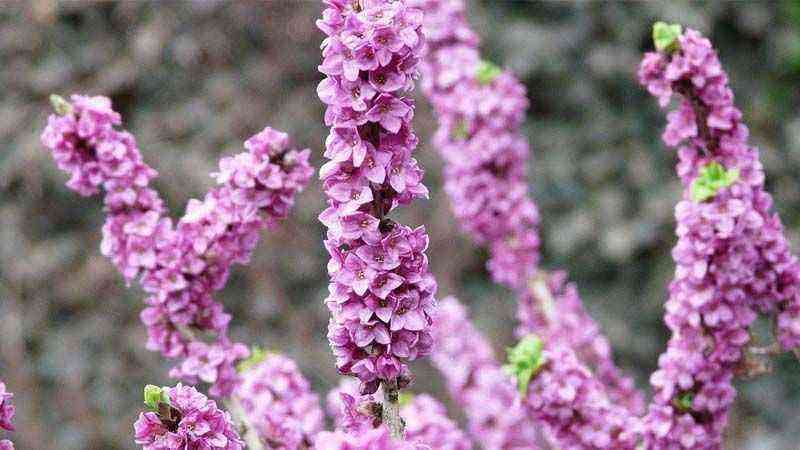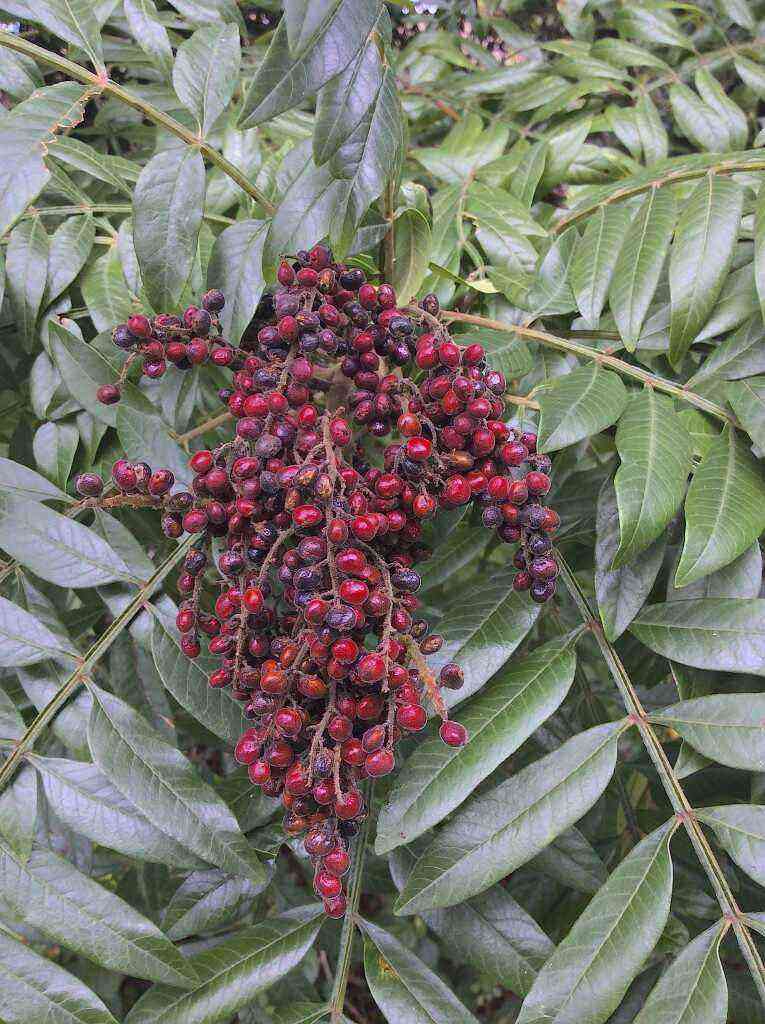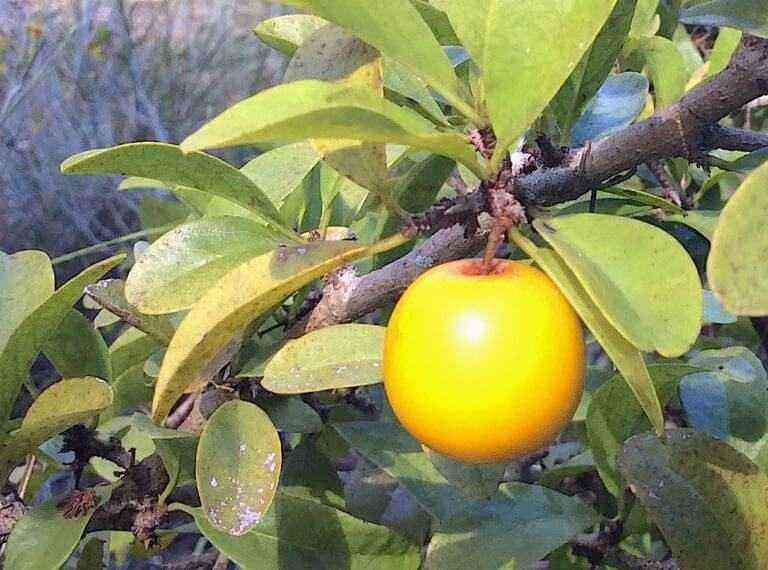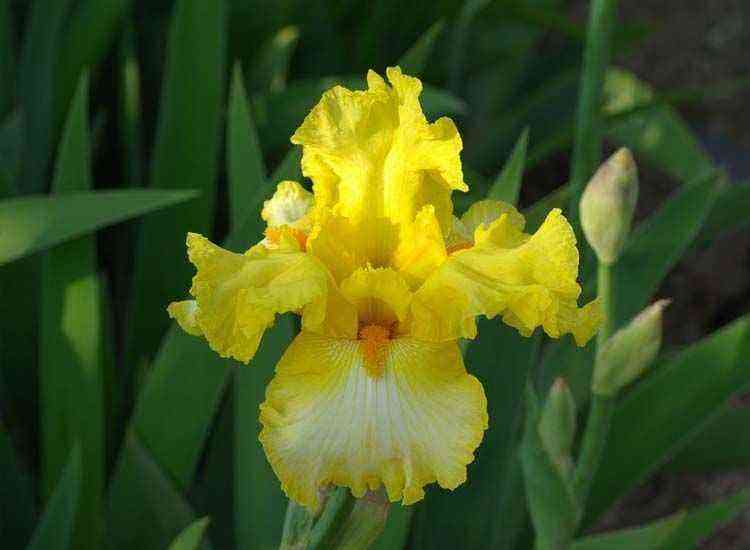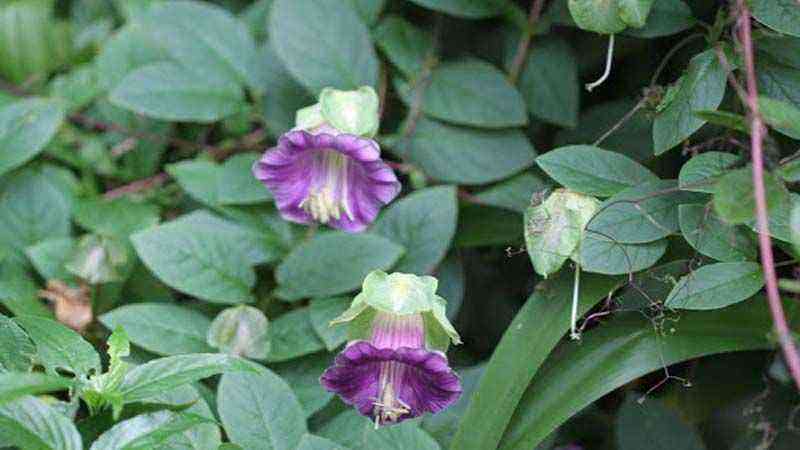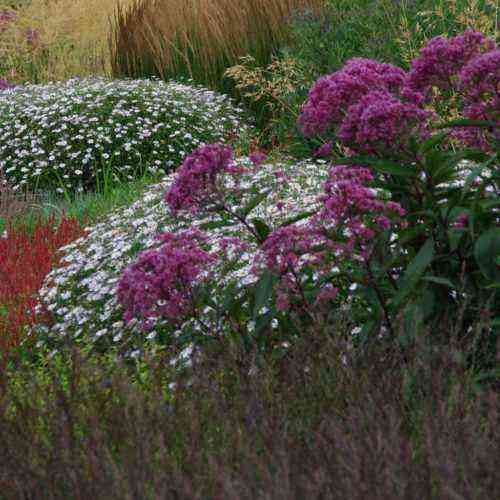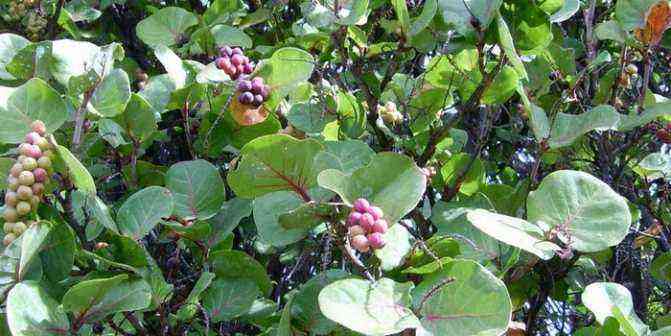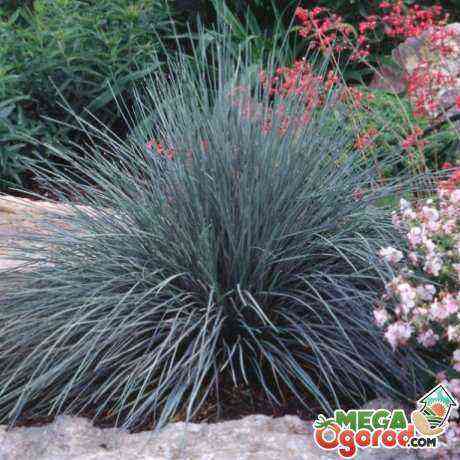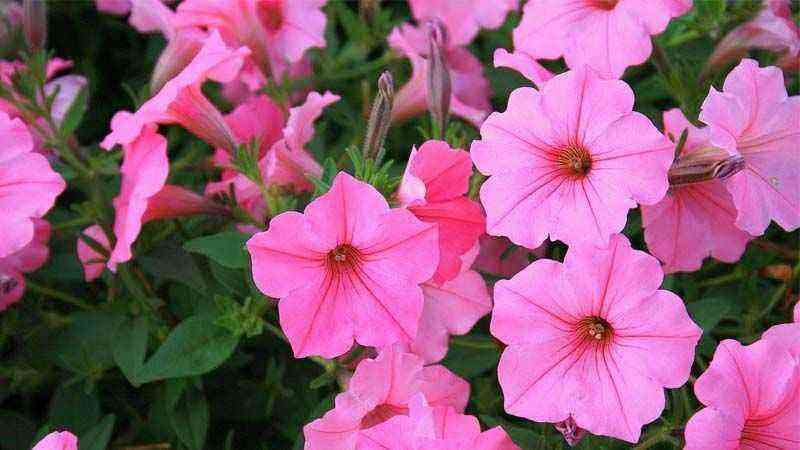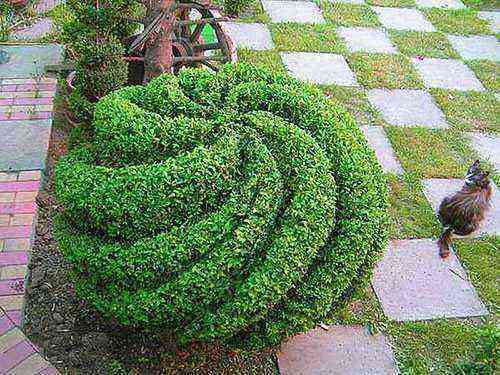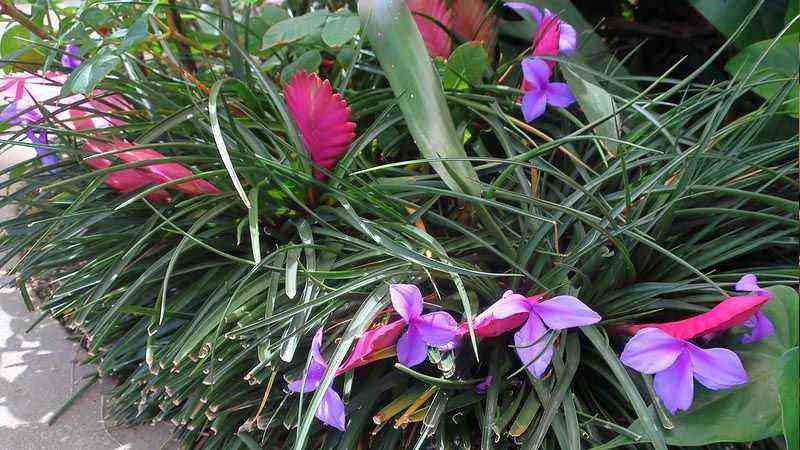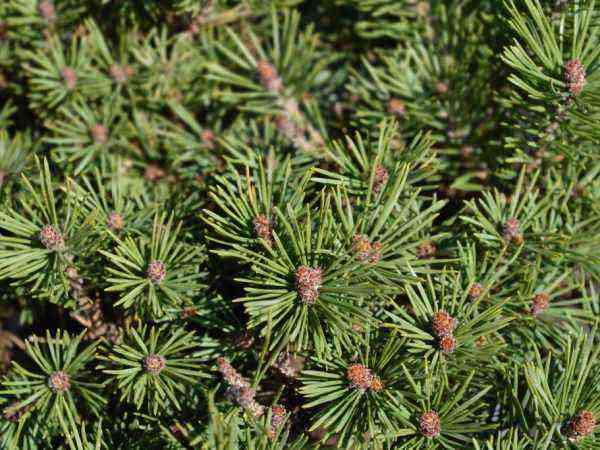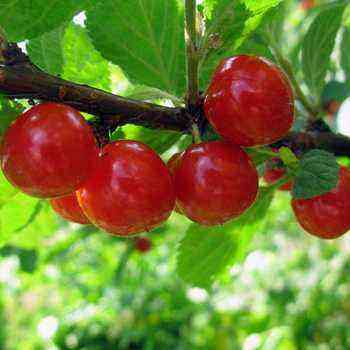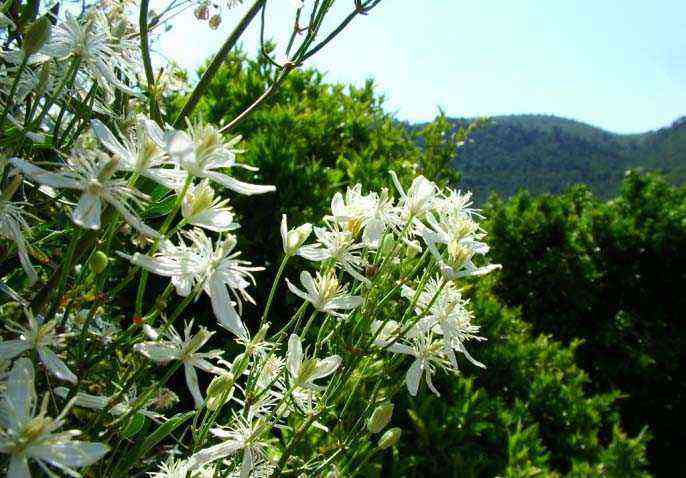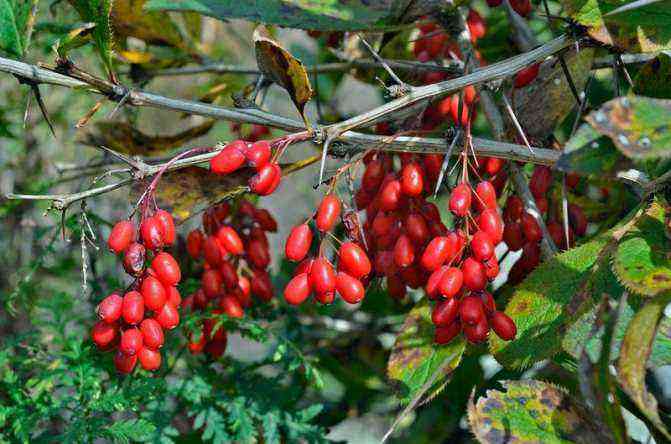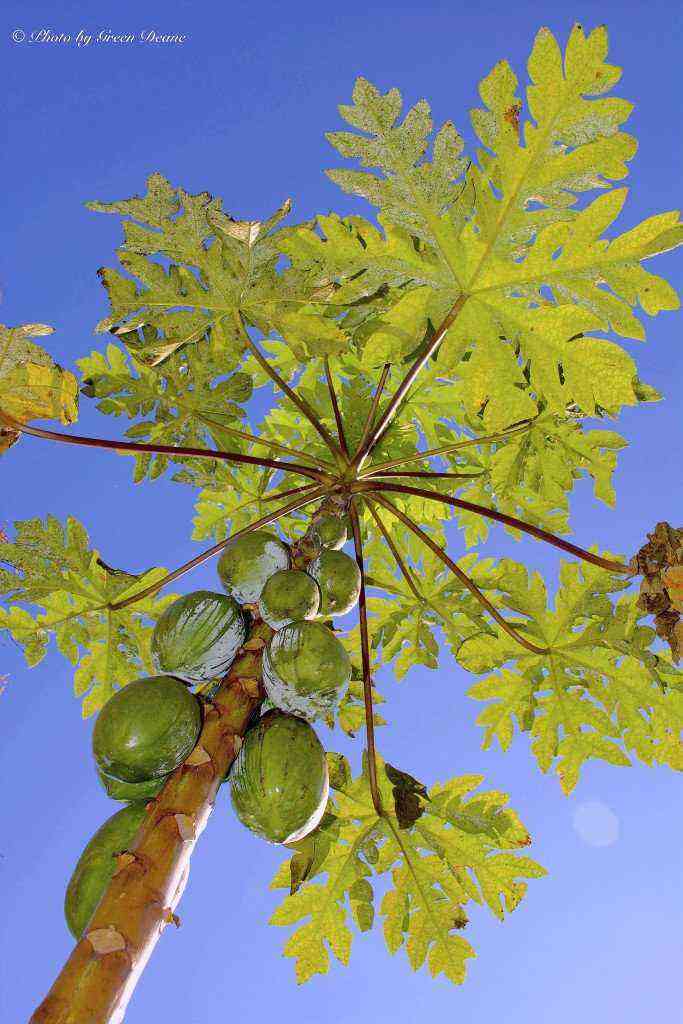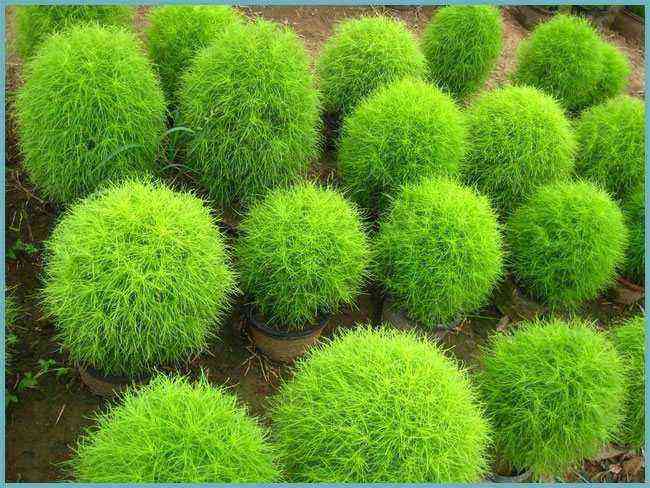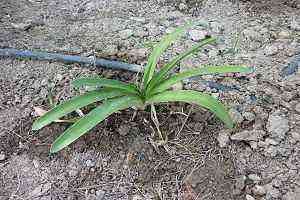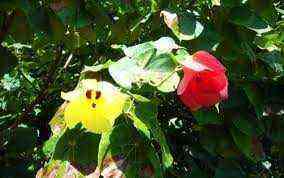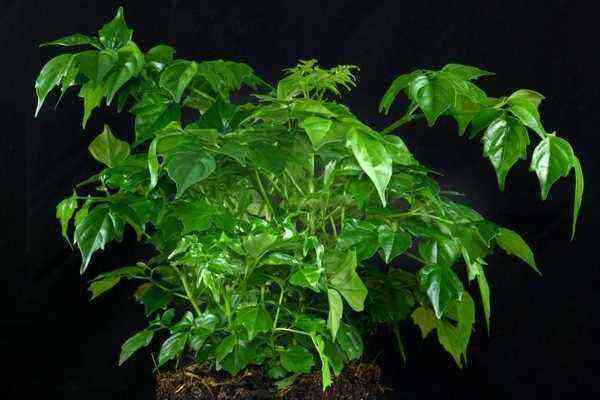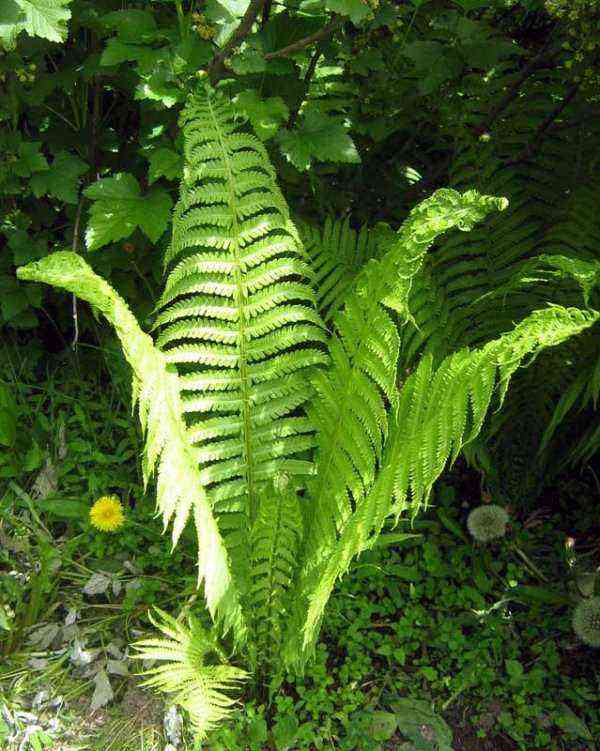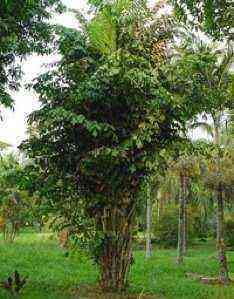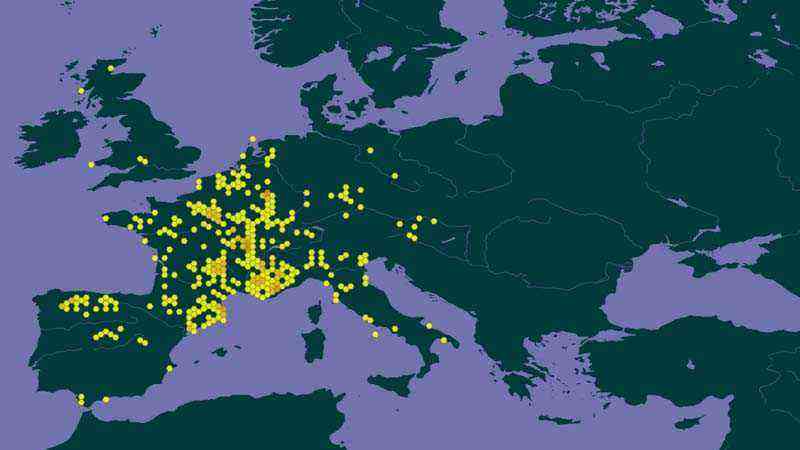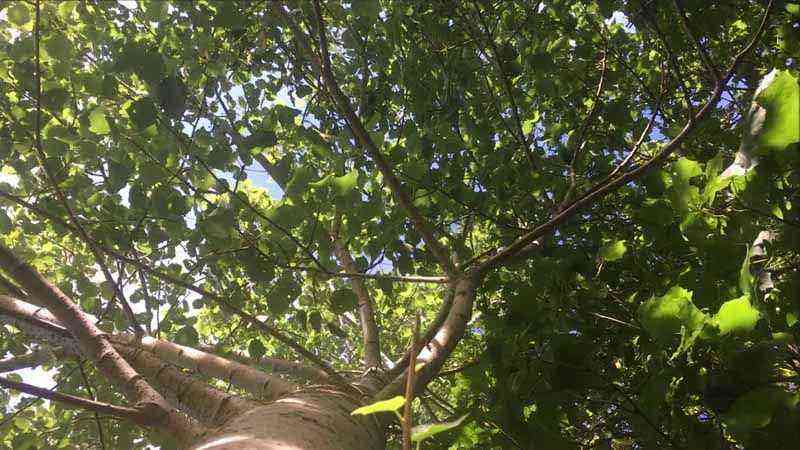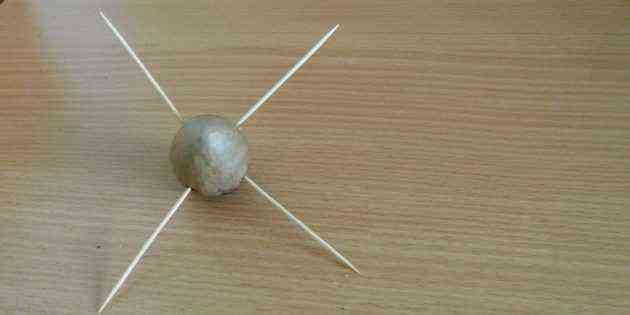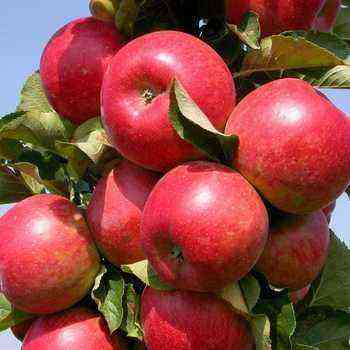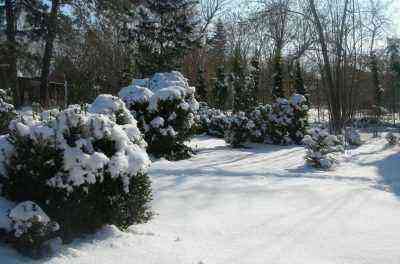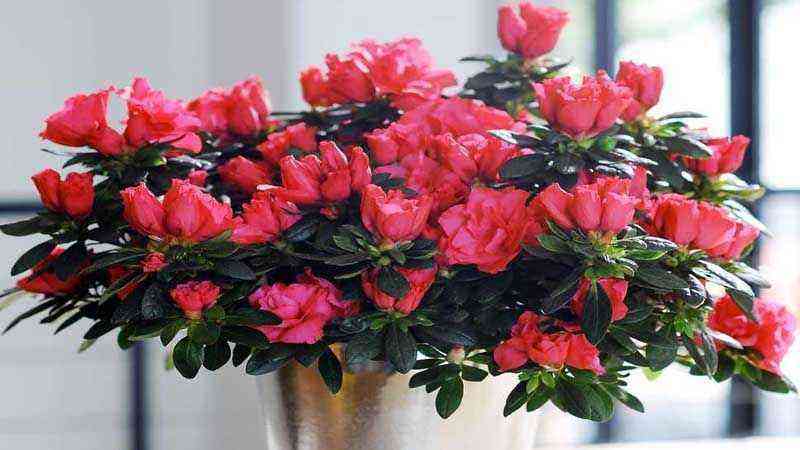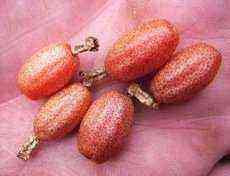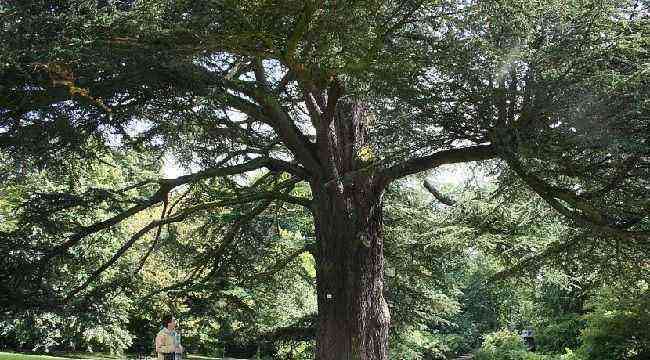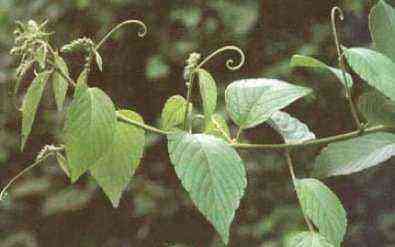Grass pennisetum, or pinnate (Latin Pennisetum) – a perennial of the Zlakovye family. In this genus there are from 130 to 150 species, growing mainly in the temperate zones of South America and Africa. The name “pennisetum” is derived from two Latin words that translate as “feather” and “bristle”, and describes the appearance of the inflorescences of the representatives of the genus. In the gardens of the middle lane, the pennisetum plant is still an infrequent visitor, since it does not have the cold resistance necessary to survive in our climate. However, the attractiveness of the pennisetum contributes to its growing popularity among designers and gardeners.
Content
- Planting and care
- Description
- Planting pennisetum When to plant
- How to plant
- Pennisetum foxtail (foxtail)
Use in landscape design
In landscape design, the pennisetum plays a great role as a background and also looks good in some compositions. With their help, you can decorate the shore of the reservoir by planting bushes among large stones. By tilting its leaves and spikelets towards the water, the pennisetum will add naturalness to the landscape.
With the help of cereals, you can shade green spaces, create contrasts and smooth transitions when decorating flower beds. Will fit well into flower arrangements that bloom continuously. You can create a flower garden from Peristochestinniks by planting one species in a flower bed or by combining several different ones.
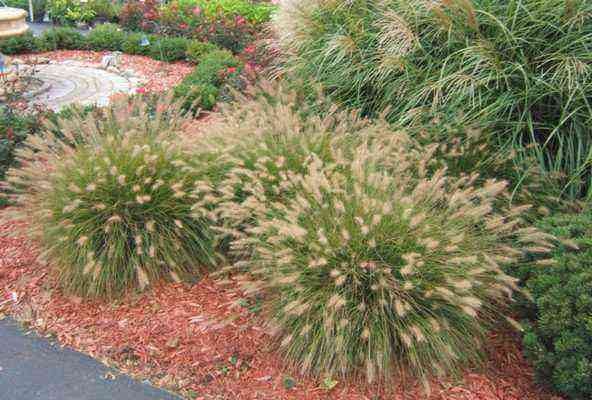
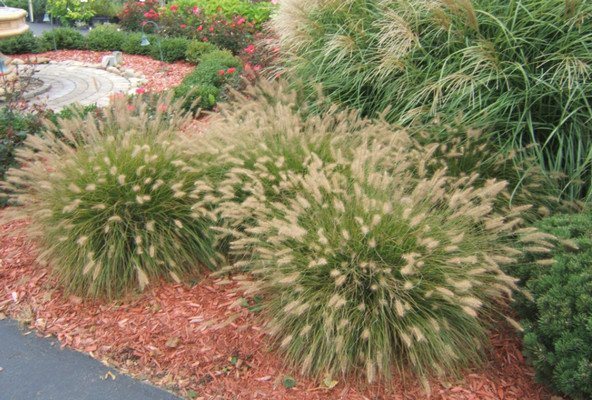
Lush, dense bushes, planted close to each other, can be used as a hedge or border. The cereal will look great in the compositions of the alpine slides.
Learn how to make a flower bed of stones or wheel tires, as well as how to make an alpine slide with your own hands and what flowers are suitable for it.
A good pinnate in landscape design is that it looks great in any composition and is not whimsical to the soil.
Most of its species love the rocky soil of the slopes, so with its help it is most beneficial to strengthen the land on the slopes of the hills.
Planting and caring for the pennisetum
- Bloom: from July to September.
- Landing: annual species can be sown directly into the ground in the first decade of May, and sowing seeds for seedlings is carried out in mid-April. Planting of annual seedlings in open ground is carried out at the end of May. Perennial species, if you want to see their flowering already this year, are sown for seedlings in the second half of February, and seedlings are planted in the garden at the end of May.
- Lighting: bright sunlight.
- The soil: fertile, rich in humus, moist, slightly acidic reaction.
- Watering: required only during a prolonged drought.
- Feeding: when grown in poor soil – once a month with a solution of complex mineral fertilizer.
- Reproduction: seeds and dividing the bush.
- Pests and Diseases: the plant is extremely resistant.
Read more about the cultivation of pennisetum below.
How to winter a plant correctly
Before winter, the aerial part of the plant does not need to be cut, it will be a full-fledged protection of the rhizome. Sprinkle the root area with dry leaves. The layer should be thick so that the pennisetum does not freeze in frost. Upon the arrival of spring, remove what was covered before winter and completely cut off the upper part of the bush.

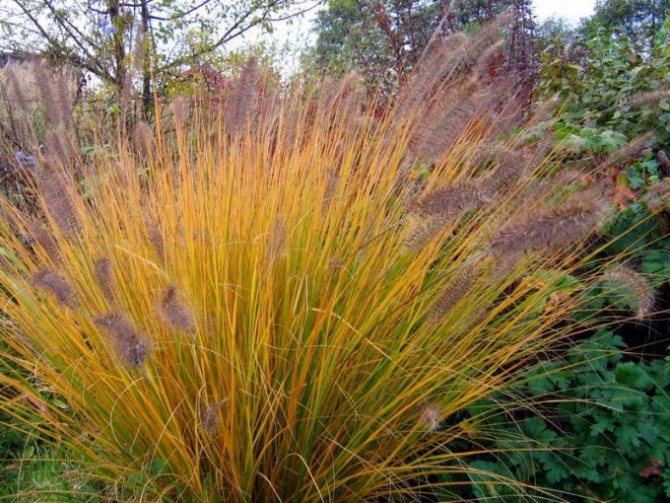
Diseases and possible pests
Pennisetum is not taken by pests or traditional diseases. So don’t worry about that.
Pennisetum flower – description
Pennisetums forming dense turf can reach a height of 15 to 130 cm. Their linear leaves up to half a meter long and up to 5 mm wide, bright green in spring and summer and yellow in autumn, are collected at the base. On straight, bare stems, rough and covered with bristles only in the lower part, lush cylindrical or almost one-sided spike-shaped panicles of white, burgundy, greenish or pink color from 3 to 35 cm long are formed.A lot of fluffy bristles give the inflorescences attractiveness. The flowers in the ears of the pennisetum are of two types: underdeveloped staminate and lush bisexual. The shape of the pennisetum bush resembles a fountain, which is why it is often called fountain grass.
Planting pennisetum in open ground
When to plant pennisetum in the ground
Most often, pennisetum is propagated generatively: the seeds of the annual pennisetum are sown in boxes or pots in mid-April, and the seedlings grown from them are transplanted into open ground at the end of May. You can sow annual species directly into the ground in the first decade of May.
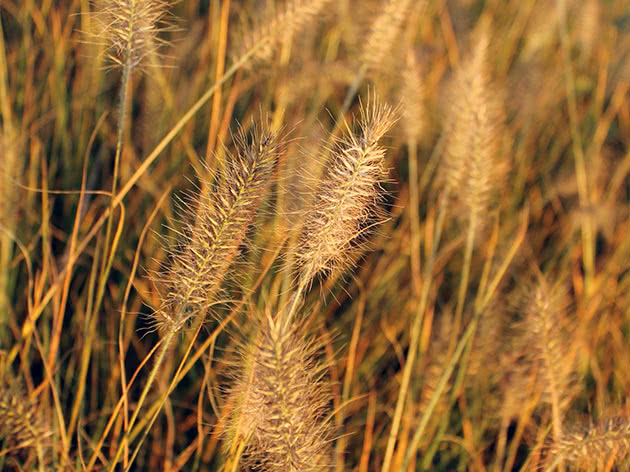
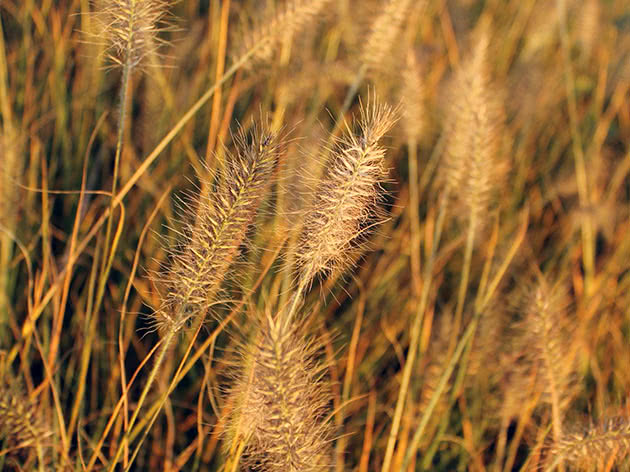
In the photo: Growing pennisetum in the garden
Perennial species can also be grown by seed, and if you want to see their flowering already this year, you need to sow seeds for seedlings in peat pots in the second half of February: this culture does not tolerate exposing roots well, therefore it is better to use peat containers for growing seedlings, in which then the seedlings are planted in the flower garden.
- Elecampane: properties and contraindications, planting and care
How to plant a pennisetum
Pennisetum seeds are pressed into the surface of a well-moistened seedling substrate for a few millimeters, after which the crops are sprayed from a spray bottle and placed in a warm, bright place. Seedlings will begin to appear in a week, and you will need to arrange artificial lighting for them, because in February the day is very short, and the seedlings will need good lighting. Seedlings are planted in open ground at the end of May, when it reaches a height of 10-15 cm.
Pennisetum prefers open, sunny areas with fertile, humus-rich, moist, slightly acidic soils. Pennisetum will not grow well in dry, too dense or sandy soil.


When planting, the seedlings are placed at a distance of 60-80 cm from each other to the same depth in which they grew in seedlings. Keep in mind that pinnate bristles can grow strongly and capture territories not intended for them, so it is better to limit the site by digging old slate or metal sheets around the perimeter to a depth of at least 50 cm.And do not forget also that pennisetums reproduce by self-seeding.
Pennisetum garden care
Cultivation of pennisetum. Watering, feeding and transplanting pennisetum
Growing pennisetum requires regular weeding and loosening of the soil around the bush. Pennisetum is watered only during a prolonged drought. If it grows in poor soil, it is fed once a month with a liquid mineral complex. When grown in fertile soil, the plant does not need feeding.
Another representative of cereals is oat
Pennisetum is afraid of drafts, so it is grown near the walls of buildings that protect it from the wind. Pennisetum does not like to be disturbed by its roots, but if you have to transplant the plant, you can combine this process with reproduction so as not to disturb the root system of the pennisetum twice.

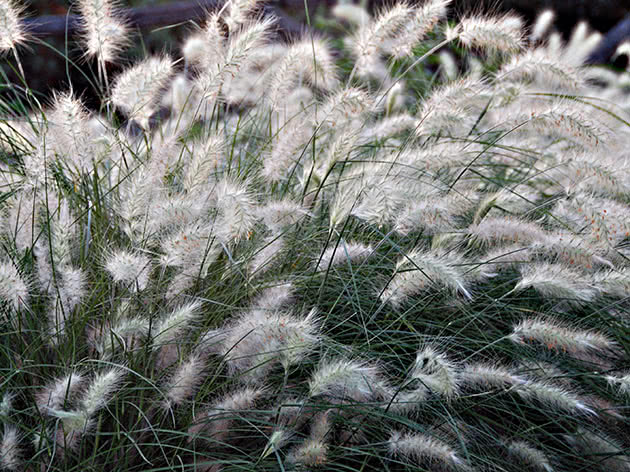
In the photo: Pennisetum bush on the site
Reproduction of pennisetum
As you can see, planting pennisetum and caring for it does not contain any difficulties. There is nothing difficult in dividing the bush, which is used for reproduction of varietal perennial pennisetums, since seed reproduction retains only the species characteristics of the parents. Divide the bushes in the spring, no more than once every five years. Over time, the central part of the pennisetum begins to deteriorate, therefore, after digging up the bush, it is cut out and destroyed, and the outer areas are divided into large parts, seated in prepared pits and watered.
- Eukomis: growing and caring for the garden
Pennisetum in winter
If you are growing a perennial cold-resistant pennisetum, do not cut off its ground part for the winter: it will serve as a shelter for the roots of the plant. Better cover the root area with a thick layer of fallen leaves or spruce branches. In the spring, the shelter is removed, and last year’s leaves and stems are cut off.
Breed division multiplication
By dividing the bush, perennial grasses multiply. The process is carried out in the spring 1 time in 5 years. The leaves and stems located in, over the years lose their beautiful appearance, so they should be cut out. The outer parts are divided into smaller ones and seated.
After placing in the pre-prepared grooves, the roots are lightly pressed to the ground, ensuring the stability of the plant. The transplanted bushes are watered.
Possible growing problems
Perishache is an unpretentious and rarely ailing plant. Sometimes aphids and spider mites can appear on the leaves and stems. Treatment with insecticides (Aliot, Fitoverm, etc.) will get rid of pests.
Emptiness, yellow or red spots on greenery indicate the appearance of a scale insect, in the fight against which a soap-alcohol solution will help.
Sometimes the plant suffers from frost. In this case, the affected parts of the root system must be removed and the bush transplanted.
Types and varieties of pennisetum
Пеннисетум лисохвостный (лисохвостовый) (Pennisetum alopecuroides)
A perennial plant native to Australia and East Asia, which retains the decorative effect of inflorescences even in winter. Pennisetum foxtail forms a wide shrub with a height of 40 to 100 cm. It has narrow leaves, green in the warm season and golden yellow in autumn and winter. Light brown to reddish brown, brush-like ears form at the ends of arcuate or straight stems. This species is distinguished by relative winter hardiness and tolerates frosts down to -5 ºC, therefore, in regions with warm winters, it is grown in a perennial culture, not forgetting to protect the root zone from frost. Popular varieties of the species are:
- pennisetum Hameln – the smallest variety of this species, blooming in the year of planting by the end of summer;
- penisetum Red Head – a relatively new variety with spectacular smoky purple-red inflorescences, the most decorative in winter against a background of snow.

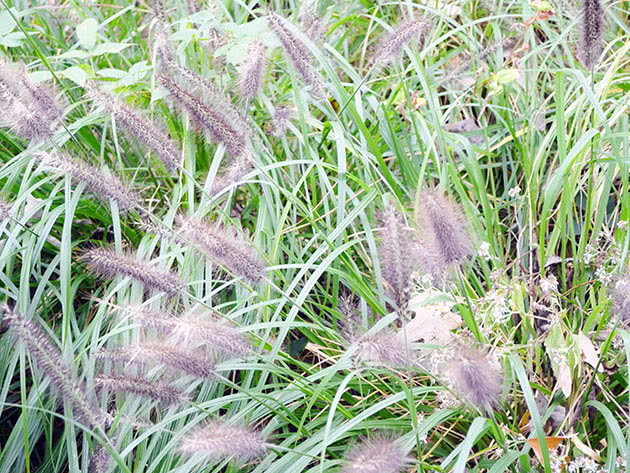
In the photo: Pennisetum fox-tailed (fox-tailed) (Pennisetum alopecuroides)
Pennisetum orientale
In nature, it grows on rocks, pebbles, taluses in the tropics and subtropics of Central and Western Asia, Transcaucasia, India, Pakistan and North-East Africa. It is a perennial plant that forms turf from 15 to 80 cm in height. The leaves of the oriental pennisetum are up to 4 mm wide, most often folded lengthwise. Dense unilateral spike-shaped panicles 4 to 15 cm long are pinkish-violet and pubescent with rough bristles up to 27 mm long. In the conditions of the middle lane, this species is grown in an annual culture due to its low cold resistance.

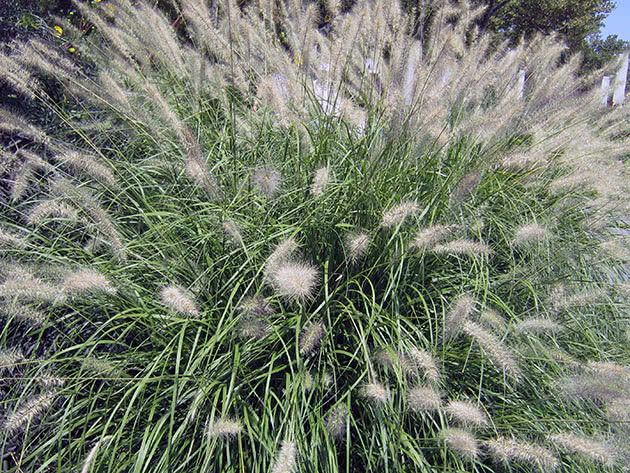
In the photo: Pennisetum orientale
Shaggy pennisetum (Pennisetum villosum)
It occurs naturally on the rocks and talus of East Africa, where it grows as a perennial. In height, this species reaches from 30 to 60 cm.It has flat leaves up to 5 mm wide and golden short-cylindrical or ovoid spicate panicles from 3 to 10 cm long, pubescent with pinnate-hairy bristles up to 5 cm long.In the conditions of the middle strip, this plant is grown like an annual. Its inflorescences seem to be made for dry bouquets.
In the photo: Pennisetum furry (Pennisetum villosum)
Pennisetum incomptum
Aggressive long-rooted plant native to China. It reaches a height of 120 cm, its leaves are green or green with a gray tint, flowering takes place from June to September: at first the flowers are greenish, then they brighten, and over time they become yellow-brown. The ears of pennisetum simple are not as spectacular as those of other species, but it is valued not for decorativeness, but for early flowering and cold resistance: simple pennisetum is able to withstand cold temperatures down to -29 ºC, although there were cases when it tolerated even more severe frosts.
Nisеннисетум щетинистый (Pennisetum setaceum)
In nature, it grows on the stones and talus of Arabia, as well as in the tropics and subtropics of Northeast Africa. It is a thermophilic perennial grown in our culture as an annual plant. In height, the bristly pennisetum reaches from 70 to 130 cm. Its leaves are usually flat, up to 6 mm wide; spike-shaped, one-sided, loose, drooping panicles 15 to 35 cm long are colored purple or pink. Flowering begins in the second half of summer. The most famous variety of the species:
- Brunner: planting and care, growing from seeds
- Rubrum – a plant with drooping panicles of pink or dark red color, covered with pinnate-hairy bristles up to 4 cm long.
In the photo: Pennisetum bristly (Pennisetum setaceum)
Пеннисетум сизый (Pennisetum glaucum)
A very beautiful dense bush plant up to 2 m high with bronze-burgundy leaves up to 35 mm wide. Such varieties of this type are especially popular:
- Purple greatness – a very spectacular plant up to 150 cm high, which received the AAS gold medal: at a young age, the leaves are green, but gradually under the sun the leaves, stem and inflorescences become dark purple, almost black;
- Pennisetum The Purple Baron (or Fantastic Foliage, as this variety is called in the West) is a dense compact bush, green at a young age, but gradually acquiring an even darker and more intense color than that of Purple Majesty. The Purple Baron’s leaves are shorter and wider than those of the above-described variety;
- Pennisetum Jade Princess (Jade Princess) – This is a plant up to 1 m high with leaves of a greenish-lemon shade and spectacular shaggy red-burgundy inflorescences.
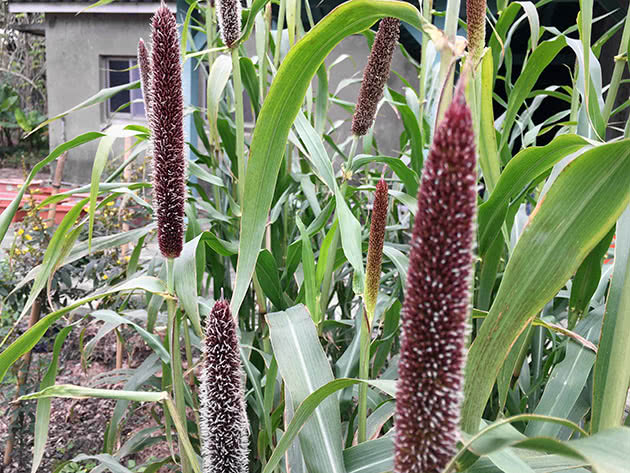

In the photo: Pennisetum glaucum
Care instructions
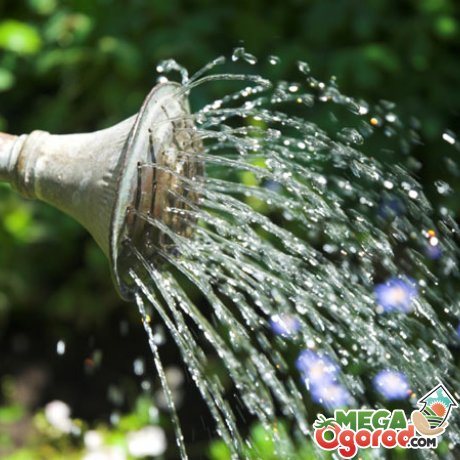

The plant after transplanting needs regular watering. Use water heated in the sun. In the future, when the plant gets stronger and begins to develop, it is watered when the soil dries up. Weeds are regularly removed near young plants, and the soil is loosened. When they grow up, the weeds will not be afraid of them.
Plants located on nutrient soils do not need to be fertilized.
But the introduction of a full complex mineral fertilizer will improve the condition and appearance of the cirrus. It is brought in once a month. There are no insects on our territory that would harm the bristly pennisetum. Known diseases do not affect him either. With too much watering and poor drainage, leaf discoloration may occur. If the amount of moisture is not reduced, the plant may die.
In autumn, the long leaves of the pennisetum are not cut off. Leave them for the winter so that they create protection from frost. But the leaves themselves will not be enough. You need to create additional protection. To do this, use a non-woven covering material that allows air to pass through, covered with spruce branches.
